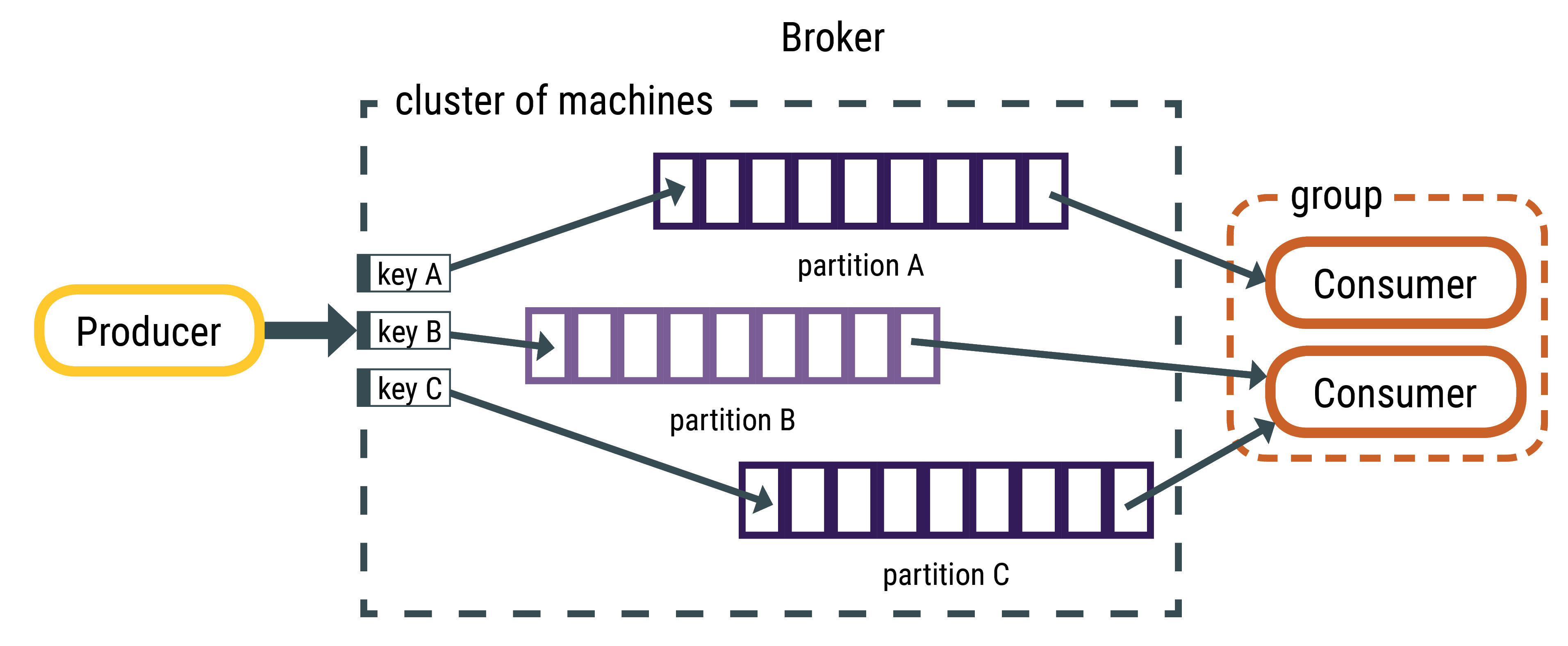Acknowledgment Levels in Kafka Producer
In Apache Kafka, the acknowledgment (ack) level in a producer defines how many acknowledgments the producer needs to receive from the brokers before considering a request complete. This setting directly impacts the durability, consistency, and latency of message delivery.
-
acks=0 (No Acknowledgment)
- Behavior: The producer does not wait for any acknowledgment from the broker. The message is considered “sent” as soon as it is pushed to the socket buffer.
- Use Case: This setting provides the lowest latency but no guarantees of message delivery. It is useful in scenarios where performance is critical, and data loss is acceptable.
- Risk: Messages might be lost if the broker goes down or if there is a network failure since the producer does not get any confirmation of receipt.
-
acks=1 (Leader Acknowledgment)
- Behavior: The producer waits for the leader of the partition to acknowledge that it has received the message. The message is considered successfully sent once the leader writes it to its log.
- Use Case: This setting balances performance and durability. It’s suitable for scenarios where some level of data durability is required, but minimal latency is still important.
- Risk: If the leader fails after acknowledging the message but before replicating it to followers, data could be lost.
-
acks=all (or acks=-1) (All Replicas Acknowledgment)
- Behavior: The producer waits for the acknowledgment from all in-sync replicas (ISRs) of the partition before considering the message sent. This ensures that the message is replicated across all replicas before acknowledgment is sent back to the producer.
- Use Case: This setting provides the highest level of durability, as it ensures that no data is lost as long as at least one replica remains available.
- Risk: This comes at the cost of higher latency because the producer has to wait for acknowledgments from all replicas.
Partition Key in Kafka
The key in Kafka plays a critical role in determining how records are distributed across partitions within a topic.

- Partitioning Strategy: When a producer sends a message to a topic, it can optionally specify a key along with the value. Kafka uses this key to determine which partition the message should go to.
- Deterministic Partitioning: If a key is provided, Kafka uses a hash function to map the key to a specific partition. This ensures that all records with the same key are sent to the same partition. This is important for maintaining order and consistency of related records.
- No Key Provided: If no key is provided, Kafka assigns the record to a partition using a round-robin or another default strategy. This leads to an even distribution of records across partitions but does not guarantee order for records that are related.